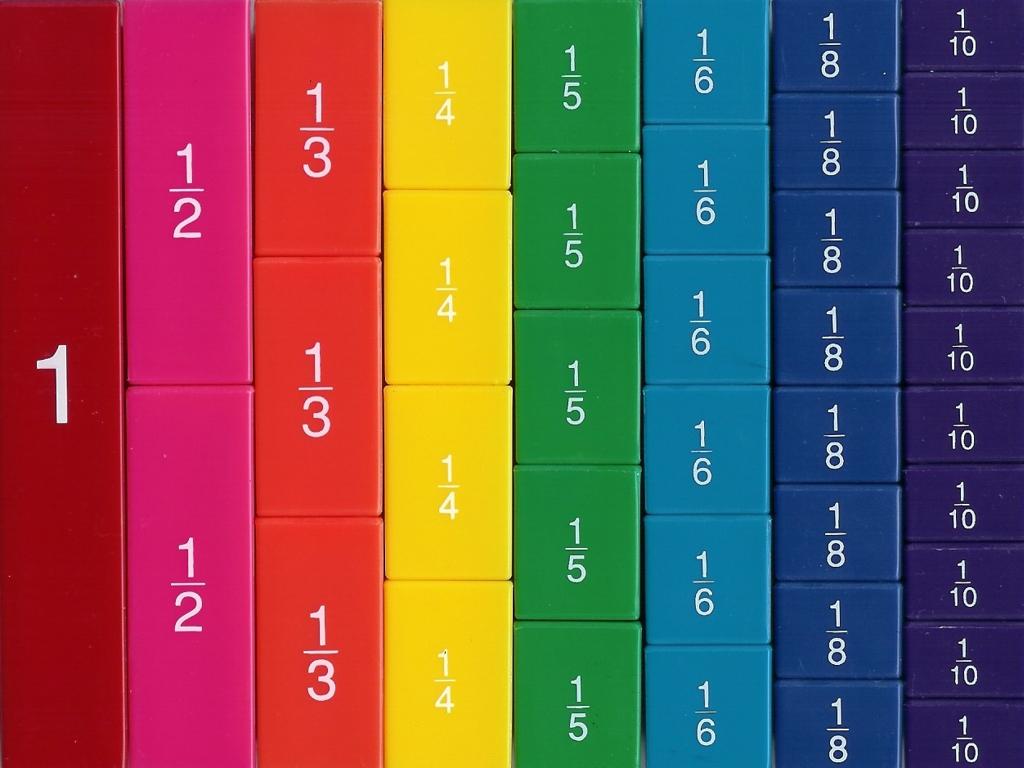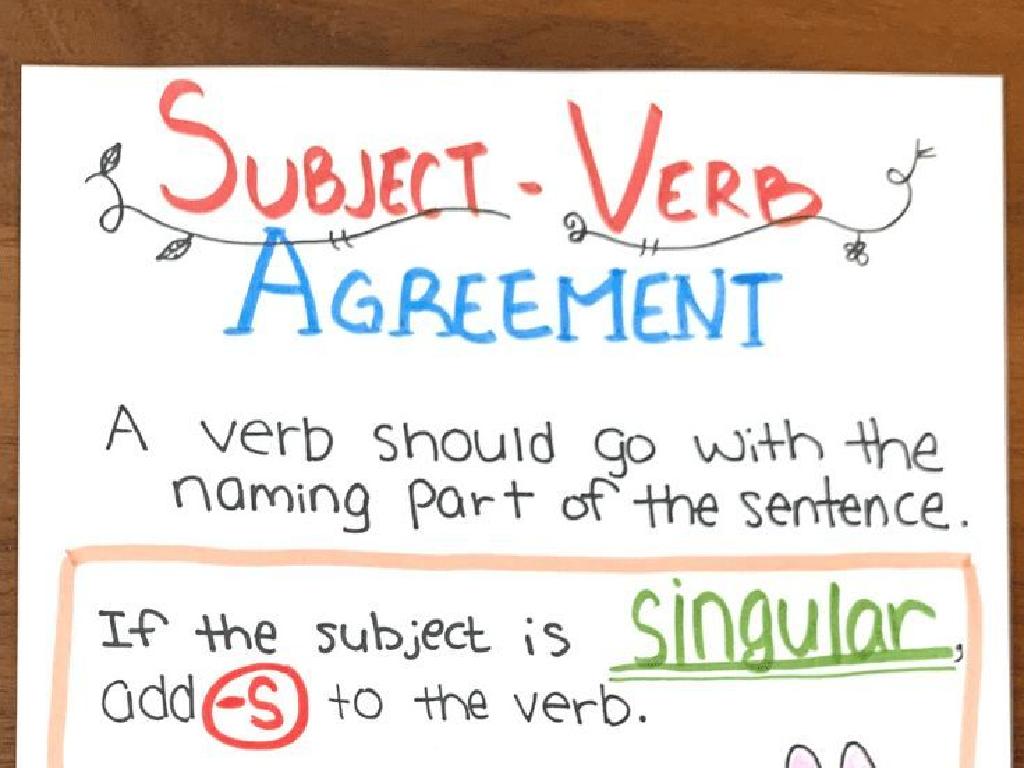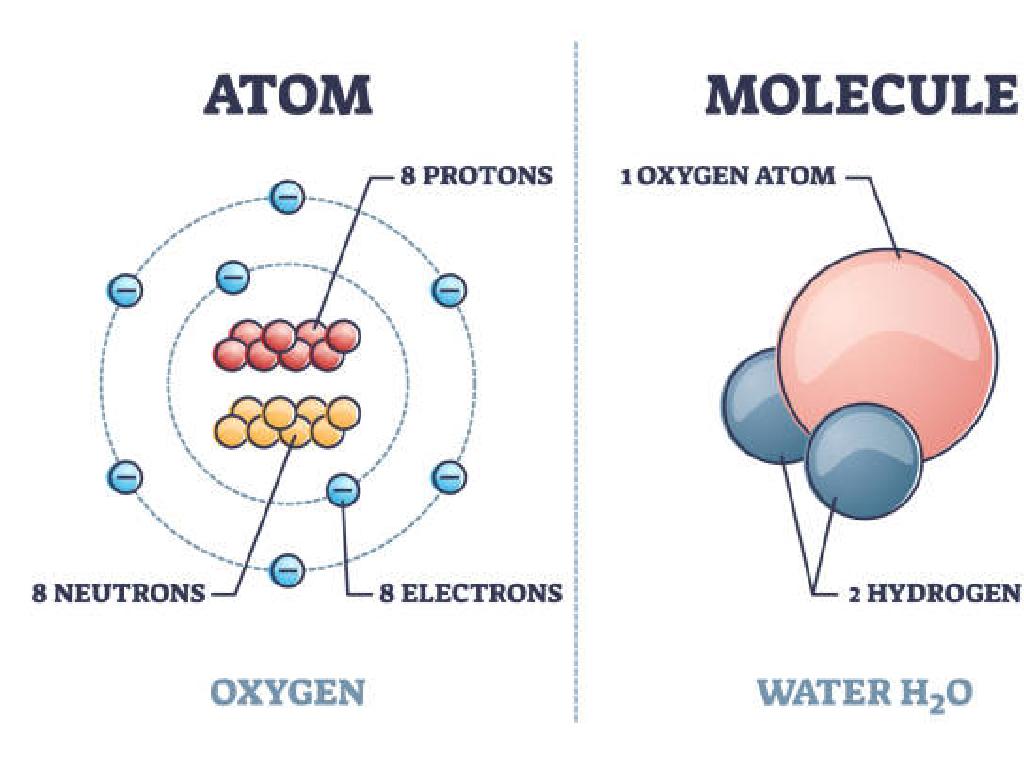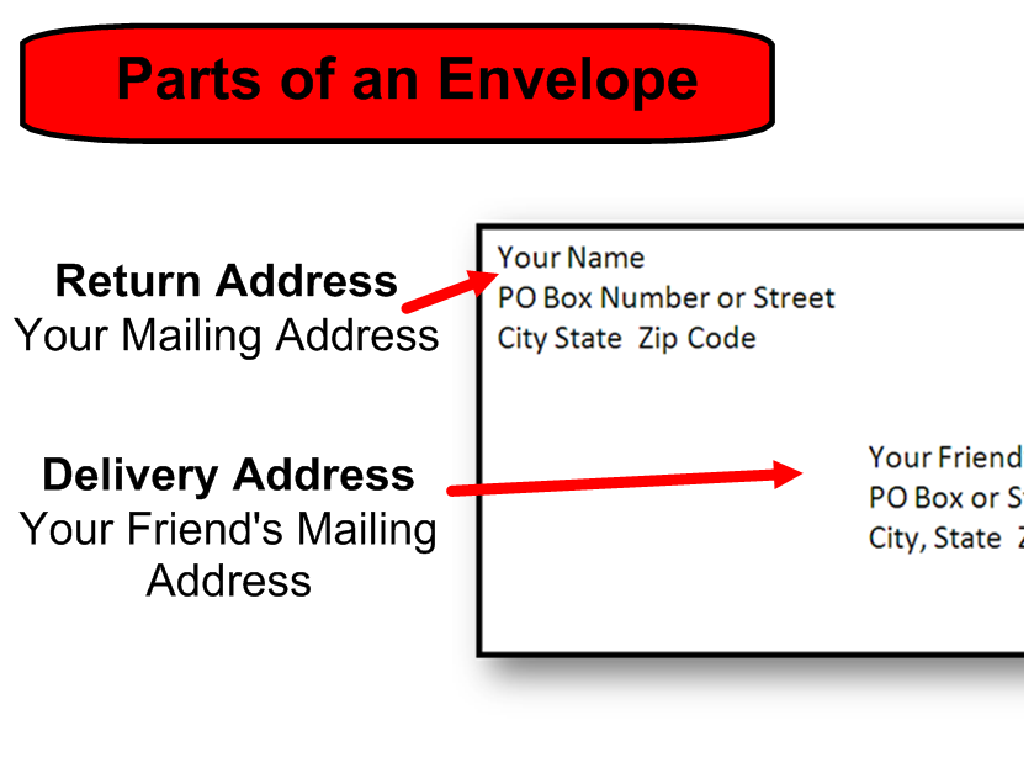Percents - Calculate Tax, Tip, Mark-Up, And More
Subject: Math
Grade: Sixth grade
Topic: Consumer Math
Please LOG IN to download the presentation. Access is available to registered users only.
View More Content
Understanding Percents in Consumer Math
– What is Consumer Math?
– Defining Percents
– A percent represents a part out of 100
– Percents in daily life
– Used in shopping discounts, nutrition labels, and interest rates
– Calculating tax, tip, and mark-up
– Practice by finding the total cost with tax, or total meal cost with tip
|
This slide introduces students to the concept of Consumer Math and its relation to percents. Begin by explaining that Consumer Math involves the math we use in everyday life, such as shopping, banking, and budgeting. Clarify that a percent is simply a ratio out of 100, which is a fundamental concept in many real-world applications. Illustrate the importance of percents with examples like calculating discounts, determining nutritional content, and understanding loan interest rates. Then, guide students through the process of applying percents to calculate additional costs like sales tax, tips at restaurants, and mark-up on products. Provide practice problems for students to work on these calculations, ensuring they grasp the practical use of percents in their daily lives.
Understanding Percents
– Definition of Percent
– A percent represents a fraction out of 100
– ‘Percent’ means ‘per hundred’
– For example, 50% means 50 per 100
– Percent as part of a whole
– Imagine a pizza cut into 100 pieces; 1% is one slice
– Visualizing percents with examples
|
Begin the lesson by defining ‘percent’ as a concept that students encounter in everyday life, such as in sales, statistics, and reports. Clarify that the term ‘percent’ comes from the Latin ‘per centum,’ which means ‘per hundred.’ This means that any percent is a fraction with a denominator of 100. To help students visualize, use concrete examples like a 100-piece puzzle or a pizza cut into 100 slices, where each piece represents 1%. Emphasize that understanding percents is crucial for interpreting data and making informed decisions in real-world scenarios like shopping, banking, and budgeting.
Calculating Sales Tax
– Understanding Sales Tax
– Sales tax is an additional amount added to the price of goods or services.
– Calculating Tax on Purchases
– Multiply the purchase price by the tax rate to find the tax amount.
– Example: 8% Tax on $50
– For a $50 item with 8% tax: $50 x 0.08 = $4 tax.
|
This slide introduces students to the concept of sales tax, which is a percentage added to the cost of items or services that consumers buy. Start by explaining what sales tax is and why it’s collected. Then, demonstrate how to calculate the tax by multiplying the purchase price by the tax rate. Use the example of a $50 item with an 8% tax rate to show how to calculate the total tax ($4 in this case). Ensure students understand that to find the total cost, they must add the tax to the original price. Encourage students to practice with different scenarios and tax rates to solidify their understanding.
Calculating Tip in Consumer Math
– Understanding the concept of a tip
– A tip is a small amount of money given to service workers for their service.
– Learning standard tipping rates
– Common rates: 10%, 15%, 20% based on service quality.
– Example: 15% tip on a $30 bill
– To calculate a 15% tip for $30, find 15% of 30.
– Practice calculating tips
– Use the tip formula: Tip = Bill amount x Tip percentage.
|
This slide introduces students to the concept of tipping as a part of consumer math. Begin by explaining what a tip is and why it is given, emphasizing its role as a social norm in rewarding good service. Discuss standard tipping rates and how they may vary depending on the quality of service. Walk through the example of calculating a 15% tip on a $30 bill, showing the step-by-step process: 0.15 x $30 = $4.50. Encourage students to practice with different percentages and bill amounts to solidify their understanding. Provide additional practice problems for students to calculate tips for various scenarios, reinforcing their percentage calculation skills.
Understanding Mark-Up in Consumer Math
– Define Mark-Up
– The amount added to the cost price of goods to cover overhead and profit.
– Reasons for retail Mark-Up
– To cover business costs and ensure profit.
– Example: 20% Mark-Up calculation
– For a $40 item, a 20% mark-up is $8 (0.20 x $40). So, the selling price is $48.
– Practice calculating Mark-Up
|
This slide introduces the concept of mark-up in the context of consumer math. Mark-Up is a critical concept in retail, as it represents the difference between the cost of a product and its selling price, ensuring that businesses cover their costs and make a profit. Discuss the reasons for mark-up, such as paying for expenses like rent, salaries, and utilities, and to ensure the business can be profitable. Use the example provided to show students how to calculate a 20% mark-up on an item that costs $40. Encourage students to practice this calculation with different percentages and cost prices to solidify their understanding. This exercise will help them understand how prices are determined in the real world and the importance of percentage calculations in everyday life.
More Applications of Percents
– Calculating Discounts and Sales
– Find the sale price by applying the discount percent to the original price.
– Understanding Interest Rates
– Interest rates affect savings and loans; calculate interest using percents.
– Budgeting with Percents
– Use percents to allocate money for different expenses in a budget.
– Personal Finance Applications
– Apply percent calculations to manage savings, investments, and expenses.
|
This slide aims to show students the practical applications of percents in everyday life. When calculating discounts, students should learn to convert the percentage to a decimal and multiply by the original price to find the savings. For interest rates, they should understand how to apply the percentage to the principal amount to find the total interest over time. Budgeting skills will involve using percentages to divide income into categories like savings, necessities, and entertainment. Lastly, personal finance applications will help them to see the importance of percents in managing their money effectively, including savings accounts and investments. Provide examples for each point to ensure comprehension and relate the content to real-life scenarios that are relevant to the students.
Class Activity: Percent Scavenger Hunt
– Find tagged items around school
– Calculate a 10% discount on items
– If an item costs $20, a 10% discount reduces it by $2
– Add 5% tax to the original prices
– On the original $20, 5% tax adds $1
– Determine a 15% tip for the service
– For a service costing $20, a 15% tip is $3
|
This interactive activity is designed to help students apply their knowledge of percents in real-world scenarios. Students will search for items with price tags within the classroom or school, then perform calculations for discounts, taxes, and tips. Provide students with a worksheet to record their findings. Encourage them to use their critical thinking skills to calculate the correct percentages. After the scavenger hunt, students will present their calculations to the class, fostering public speaking and mathematical explanation skills. Possible variations of the activity could include calculating different percentage rates or applying discounts after tax.
Wrapping Up: The Power of Percents
– Recap: Percents in daily life
– Why percents matter
– Percents are everywhere: shopping, dining, budgeting
– Homework: Calculation practice
– Solve real-world problems on tax, tip, mark-up
– Be prepared to discuss solutions
– Share your answers and methods in the next class
|
As we conclude today’s lesson, remind students of the key concepts covered regarding percents and their applications in everyday scenarios such as shopping, dining out, and budgeting. Emphasize the importance of understanding percents to make informed financial decisions. For homework, assign a set of practice problems that involve calculating tax, tip, and mark-up to reinforce today’s lesson. Encourage students to not only find the correct answers but also to understand the process behind the calculations. In the next class, be ready to facilitate a discussion where students can share their solutions and the strategies they used to solve the problems. This will help solidify their understanding and allow them to learn from each other.






